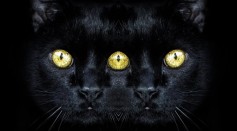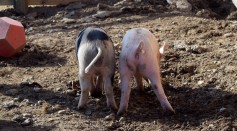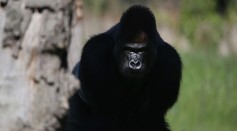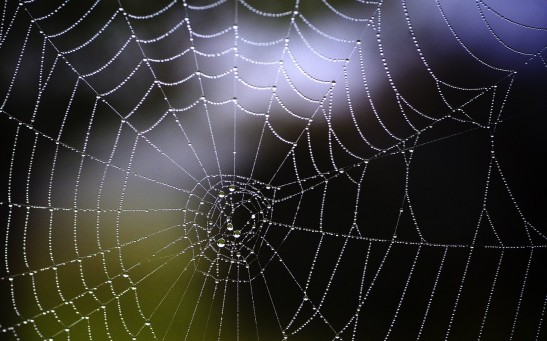Animals

Bizarre Animals That Defied the Laws of Nature Baffling Scientists And the World

Mammals Breathe Through Intestines to Recover From Respiratory Distress; Can Humans Do The Same?
Female Elephant Seal Spends 80% of Their Day Foraging Small Fish in Deep Seas
Longer Yawning Means Bigger Brains; Why Do Animals Yawn?

Malnourished Puppies Rescued; Australian Couple Fined After Feeding Pet Dogs With Meat-Free Diet

Forget Google Maps! Sharks Use Earth's Magnetic Fields to Travel from South Africa to Australia
Gray Wolves: How Did These Large Predators Survive Mass Extinction?

How Did Two Lions Got Infected With COVID-19 in the Pittsburgh Zoo?

Coronavirus Similar to Human COVID-19 Causes Mysterious Outbreak of Vomiting in Dogs

Wheelchair Given to Orphaned, Disabled Baby Alpaca as Gift to Walk Again

Why Do Silverback Gorillas Beat Their Chests?
Monkey Nicknamed Godzilla Became Severely Obese After Eating Too Much Junk Food in Thai Market
Underwater Cannibalism: Baby Sea Stars Eat Each Other When Hungry
How Mammals Use Whiskers Could Help Understand Human Touch
Most Popular

AI Revolution in Medical Education: Transforming How Healthcare Professionals Learn

Optimizing Complex Catalog Systems with Graph Theory and Indexing

Out of Office, Not Out of Mind: Planning for Employee Holiday Absences

Nikolay Karpenko Biography, Photo, Career, Accomplishments






